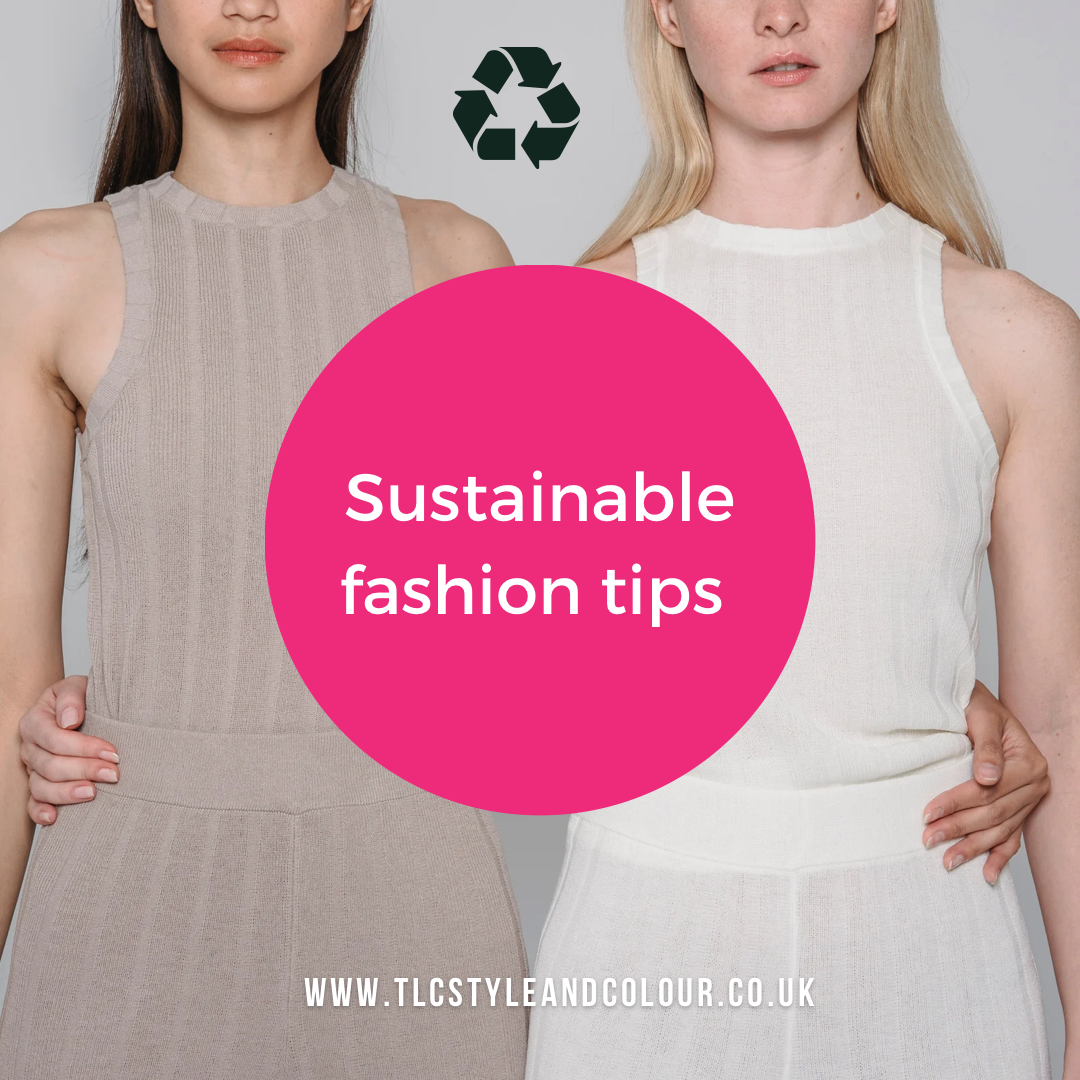Patterns can be really tricky to get right. Often, when I see clients they either love wearing patterns, or they stick to block colours instead.
When it comes to shopping patterns, it can be difficult to choose the one that’s going to suit you. Do you go heavily patterned? Stripes or floral? Bold and bright? Or more subtle and toned down?
Ultimately, there’s no law that exists which tells you that you must (or must not) wear something! But, if you are looking for a few pointers on how to choose the right pattern for you, read on for some tips.
Colour
First up is the colour as this is the most visual element. Broadly speaking, assess what the most dominant colour is that you see. If you already know what colours suit you (because you’ve had a colour analysis consultation), this should be easy as you can use your colour swatches. If you don’t know what colours suit you, check your reflection and see if the colour appears to be wearing you and making you look washed out, or if it’s brightening your features. (Here’s some tell-tale signs that the colour isn’t right for you here).
My advice to clients is to check the background colour or the main colour of the pattern that stands out the most. If this flatters your own colouring, then it’s good for you. If it doesn’t look quite right, consider whether it’s too warm or too cool for you, or too pale or too dark. Or, if it’s a bold colour, the strength could overwhelm you and you may need to opt for a softer rather than brighter shade of colour.
With a multicoloured print, it can feel trickier to get right. Again, go back to my broad rule above – what’s the most dominant colour and does this work for you? Life’s too short to ponder over the petal or leaf colour in a floral pattern being the wrong colour for you, especially if you can barely see it!
Shape
The shape of the pattern should flatter your body shape and line. Those with a curvy body will be better suited to curvy lines and patterns rather than straight lines like stripes. For those with more angles and straighter lines and shapes, stripes will flatter you much more than a floral print.
Patterns can be a clever trick to draw people’s attention either to your best bit, or away from an area you don’ want attention. By way of an example, if you’re a triangle (pear) or inverted triangle body shape, you can use pattern to give the appearance of more balance to your body shape.
Size
During my style and shape consultations, I talk to my clients about their scale. This isn’t to be confused with what dress size you are, because it’s your overall height and bone structure.
Petites will tend to suit a smaller size of print, because their scale (your height and bone structure), is smaller. Wearing a large scale pattern will simply overwhelm your delicate frame and features. Those with a large bone structure will find that a small or ditsy print will get lost on your frame.
Should you be neither small or large, go for an average size of print that’s neither too big or too dainty.
Personality
The type of print will tend to appeal to certain personality types. Take a look inside your own wardrobe and check out the array or patterns or block colours and the ratio. If you find you have a lot of patterns, but you don’t wear them, it may be that you’ve not quite nailed your style personality.
Your Style Personality is the real you, at your most comfortable. It will be the reason you naturally reach for a certain print, or not at all! Plus, why you feel like you struggle with certain designs. The more ‘romance’ you have in your style personality, the more you will reach for pretty, feminine and floral styles and designs. Someone who prefers to make an entrance, will prefer a bolder or abstract print which they can stand out in and be noticed!
What suits you?
These broad tips should give you a steer without going into the specifics of what actually suits you. So, when it comes to choosing clothes, understanding what actually suits you, flatters you and makes you look and feel good when you wear it. When your clothes flatter your colouring, your shape, and personality, they’ll be right for you!

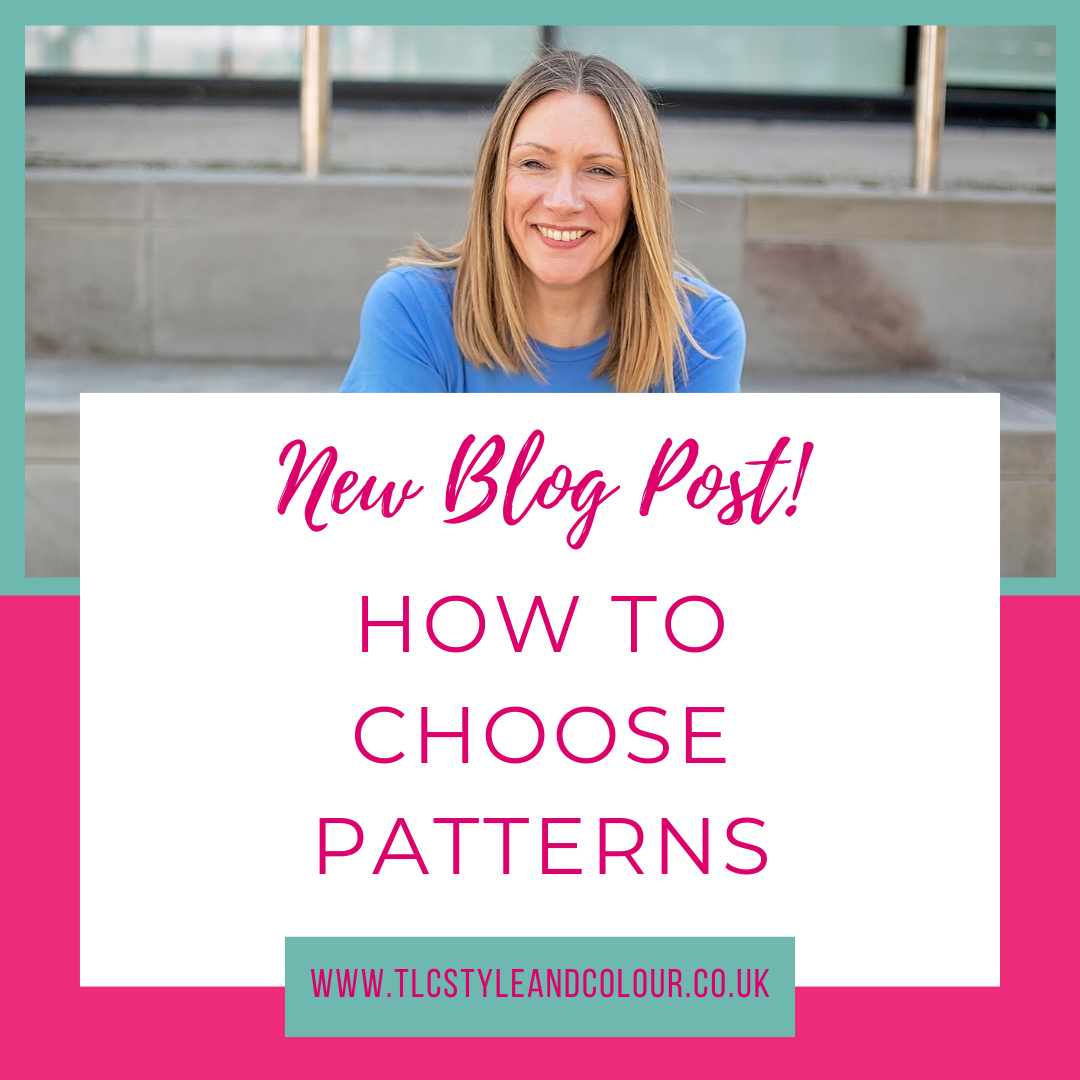
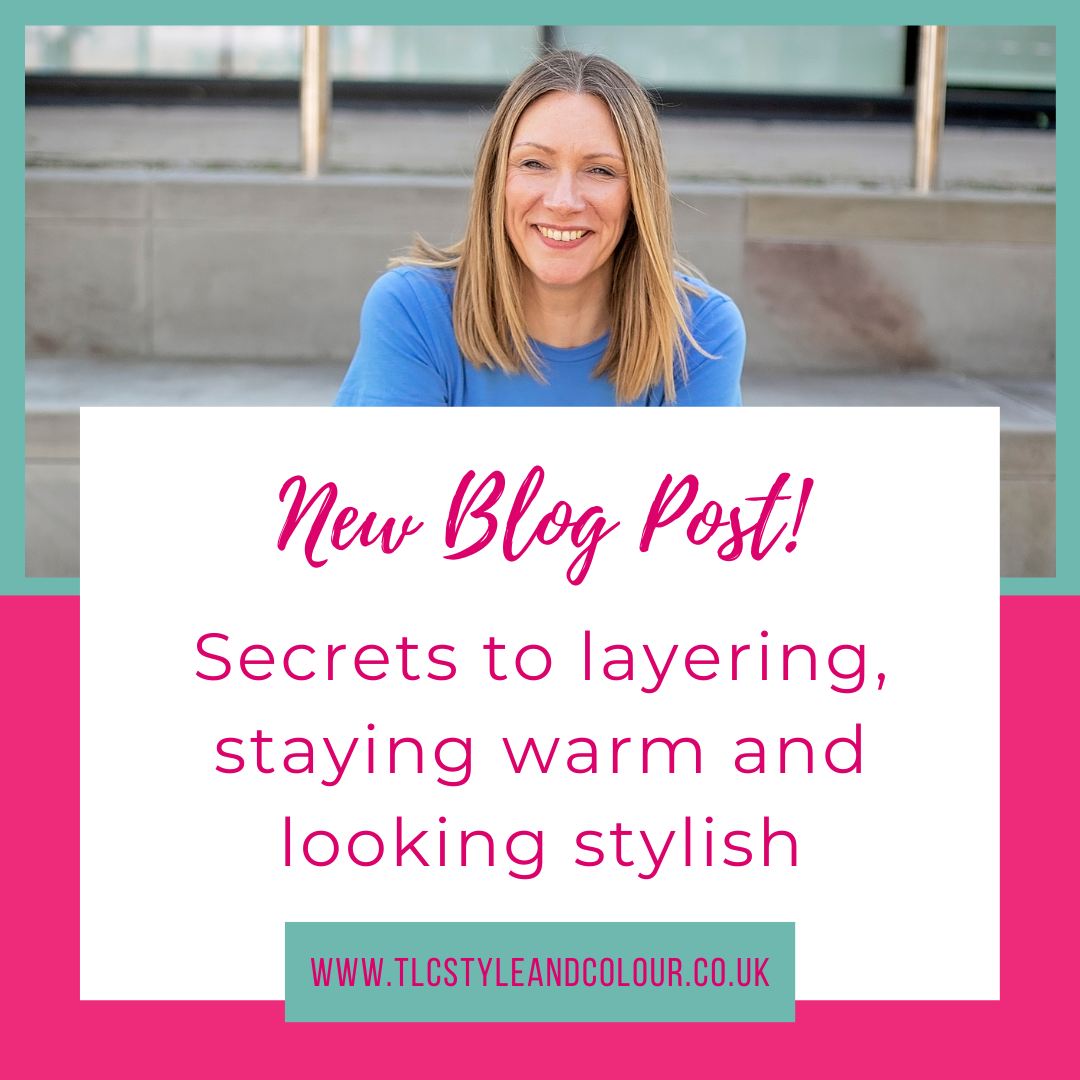
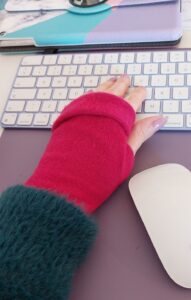
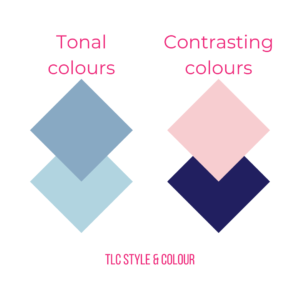 There are lots of ways to wear colour (which you learn during a
There are lots of ways to wear colour (which you learn during a 